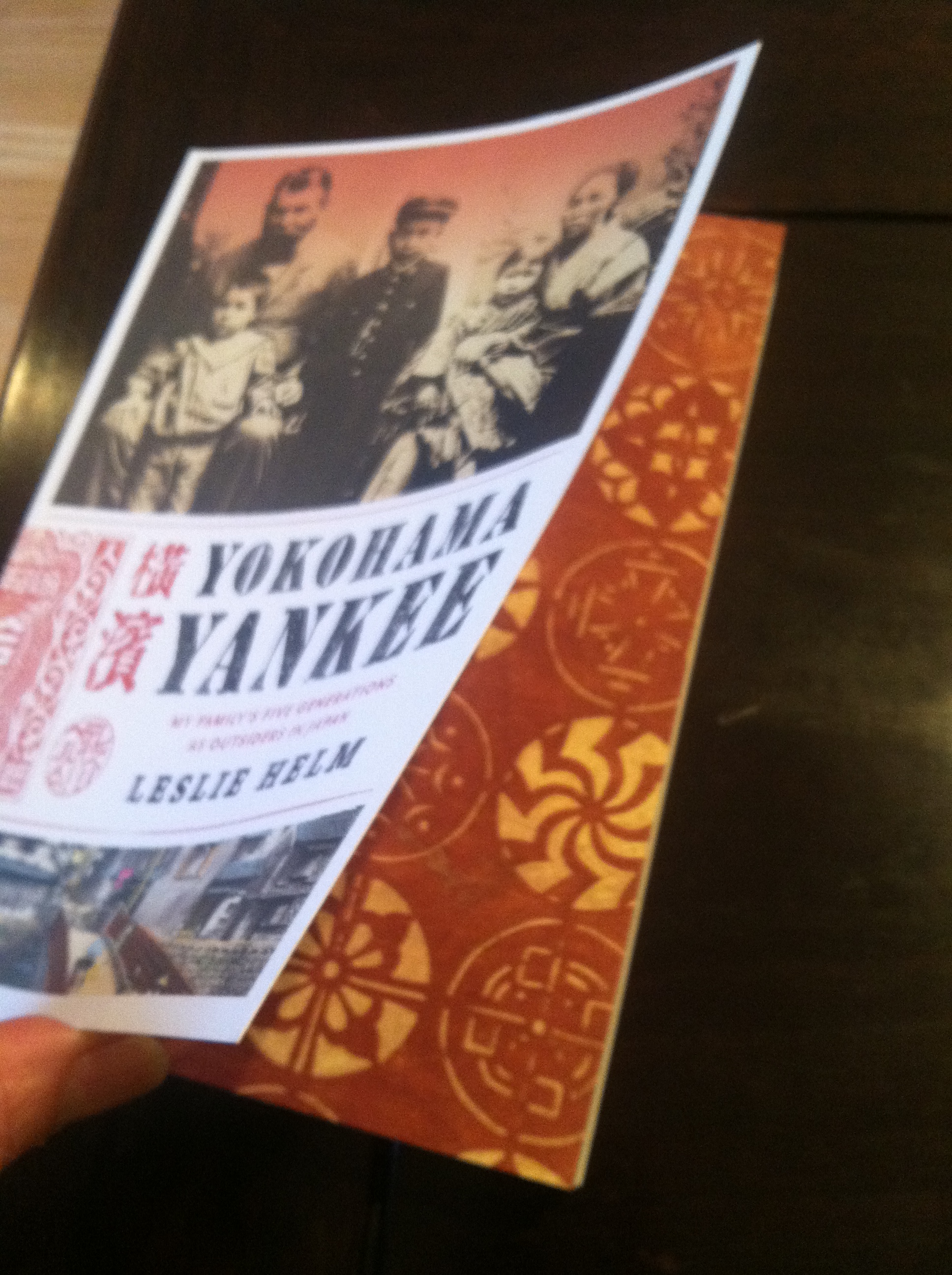The Pacific Science Center has a powerful exhibit called RACE: Are we so different? Using an imaginative combination of interviews, history and video imagery, they shed light on a discourse about race in our country that for most of our history has remained shrouded by a fog of misinformation.
The exhibit starts by noting that there is no genetic basis to what we think of as race. “Not one characteristic, trait or even gene distinguishes all the members of one so-called race from all the members of another so-called race. And the gene for skin color is unrelated to genes for any other characteristic whether hair form, blood type or intelligence.
“[Racism] is not about how you look, it’s about how people assign meaning to how you look,” Robin Kelley, a historian, a historian explains.
The other starling revelation is that racism is a relatively modern phenomena dating back to about the 17th century. Prior to that, people judged others based on religion, wealth and status but seldom on skin color. The Greeks, for example, did not classify people according to skin color.
Racism emerged in the United States in large part to justify slavery, which was such a significant party of our early economy. (Slavery did exist before but it was based on the victor enslaving the defeated and had nothing to do with skin color.) While the U.S. was founded on the principle that “all men are created equal,” the country’s elite had to explain why some people did not receive the same privileges as others. The same flawed rationales that were used to put down slaves was used to justify late laws that discriminated against Asians.
The legal arguments for many of our racially based laws, for example, were pretty ludicrous. the naturalization act of 1790, for example, said that only “free white persons” can be U.S. citizens. So how did they define white? Well, one exhibit points out that in 1922, an immigrant Japanese businessman, Takao Ozawa, argued before the Supreme Court that he was whiter than most Europeans. But the court said he could not be defined as white because Japanese were Mongolian rather than Caucasian. But then the following year that same court argued that Asian Indians were not white according to “common understanding” even though they were classified as Caucasians,
Today, aside from discrimination based on skin color, many people also face linguistic discrimination. Studies have shown that people seeking jobs or apartments are often turned away if their accents suggest they might be Chicano or African-American.
The conclusion: We humans have a lot of misperceptions about race that feed into our prejudices. The reality, as Steve Olson writes in “Mapping Human History: Genes race and our common origins,” is that “The chimapanzees living on a single hillside in Africa have more than twice as much variety in their mitochondrial DNA as do all the 6 billion people living on earth…
The exhibit at the Pacific Science Center is on until January. Don’t miss it.

